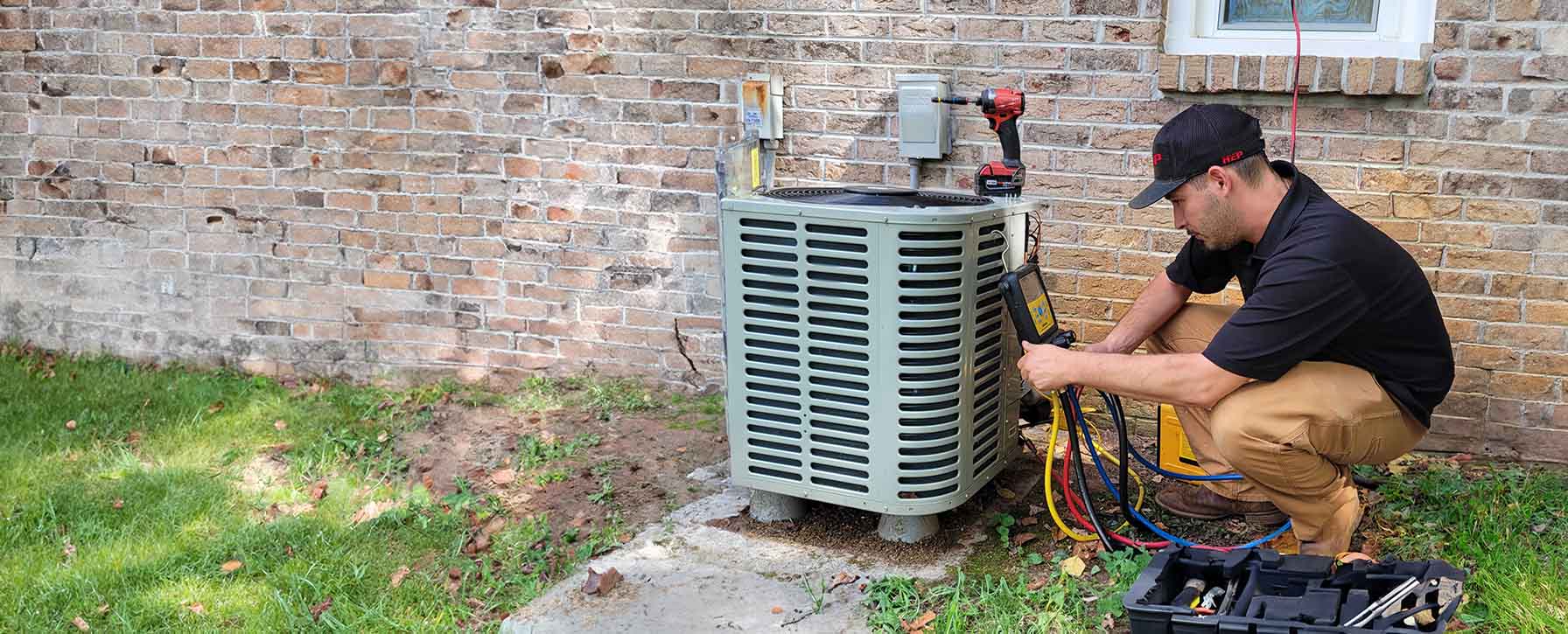

Ventilation Systems
Your trusted partner for professional home services. Quality workmanship, guaranteed satisfaction.




- HEP
- Ventilation Systems
Ventilation Systems | Ventilation and Air Quality | Heating and Air Conditioning | Palmer
Whether it’s a frigid Palmer winter night or a smoke-filled summer afternoon, HEP keeps your indoor climate crisp, clean and perfectly balanced. Our technicians design, install and maintain advanced ventilation systems that quietly remove stale air, control humidity and filter out dust, pollen and other pollutants—so you can breathe easier, sleep better and protect your home’s finishes and furnishings from excess moisture. From energy-recovery ventilators to smart, whisper-quiet fans tied into your existing HVAC, every solution is tailored to Palmer’s unique mix of sub-arctic chills and wildfire haze.
At HEP, we treat “ventilation and air quality” as more than a line on a checklist—it’s the heart of a healthy, comfortable living space. Let us show you how modern airflow engineering can slash utility bills, stop mold before it starts and keep allergens at bay, all while integrating seamlessly with your heating and air-conditioning system. Reach out today, and discover just how refreshing home can feel.
FAQs
Why is proper ventilation important for homes in Palmer’s climate?
Palmer experiences long, cold winters and relatively mild, damp summers. In tightly-sealed homes, this can trap moisture, cooking odors, and pollutants indoors, leading to mold growth, condensation on windows, and poor indoor air quality (IAQ). A balanced ventilation system continuously exchanges stale indoor air with fresh, filtered outdoor air, helping to regulate humidity levels, remove contaminants, and keep your HVAC equipment operating efficiently all year.
How do heat-recovery ventilators (HRVs) work, and are they suitable for Palmer residents?
An HRV uses two separate air streams—one exhausting stale indoor air, the other bringing in fresh outdoor air—that pass through a heat-exchange core. Heat from the outgoing air is transferred to the incoming air without the two streams mixing. This means you get fresh air without losing the warmth your furnace has already produced. Because Palmer’s winters are long and heating costs are significant, HRVs are an excellent solution to maintain IAQ while conserving energy and reducing utility bills.
What indoor air pollutants are common in Palmer, and how can your systems address them?
Common IAQ issues in Palmer homes include excess humidity, wood-stove smoke particles, pet dander, radon, and volatile organic compounds (VOCs) from household cleaners. Our ventilation systems are designed with multi-stage filtration—MERV 11-13 filters for fine particulates, optional activated-carbon filters for odors and VOCs, and continuous or demand-controlled ventilation to dilute radon and carbon dioxide buildup. The result is cleaner, healthier air throughout your living spaces.
How often should I have my ventilation and HVAC system inspected or serviced?
We recommend a professional inspection and tune-up at least once a year, ideally before the heating season begins. Regular service includes cleaning or replacing filters, checking fan motors, verifying air-flow rates, and inspecting ducts for leaks or blockages. In Palmer’s colder climate, this maintenance not only preserves good IAQ but also prevents ice damming and excess energy consumption caused by restricted air flow or malfunctioning controls.
Can upgrading my ventilation system reduce energy costs during Palmer’s cold winters and mild summers?
Yes. Modern balanced ventilation with energy- or heat-recovery technology recaptures 60-90% of the heat that would otherwise be exhausted outdoors. By maintaining proper humidity levels, it also allows you to feel comfortable at slightly lower thermostat settings, trimming fuel consumption. During summer, the same system can pre-cool incoming air, easing the load on your air conditioner or heat pump. Over the course of a Palmer heating season, homeowners can see 10–25% savings on utility bills.
What should I consider when choosing an air purification or filtration option for my HVAC system?
Key factors include the type of contaminants you want to target, the system’s compatibility with your existing ductwork, and the pressure drop (airflow resistance) introduced by the filter. For most Palmer homes, a MERV 11–13 pleated media filter balances fine-particle capture with good airflow. If allergies or asthma are a concern, you might add a HEPA bypass filter or UV-C light to neutralize biological contaminants. Our technicians will perform a load calculation and duct inspection to ensure any upgrade maintains proper static pressure and does not hamper system performance.